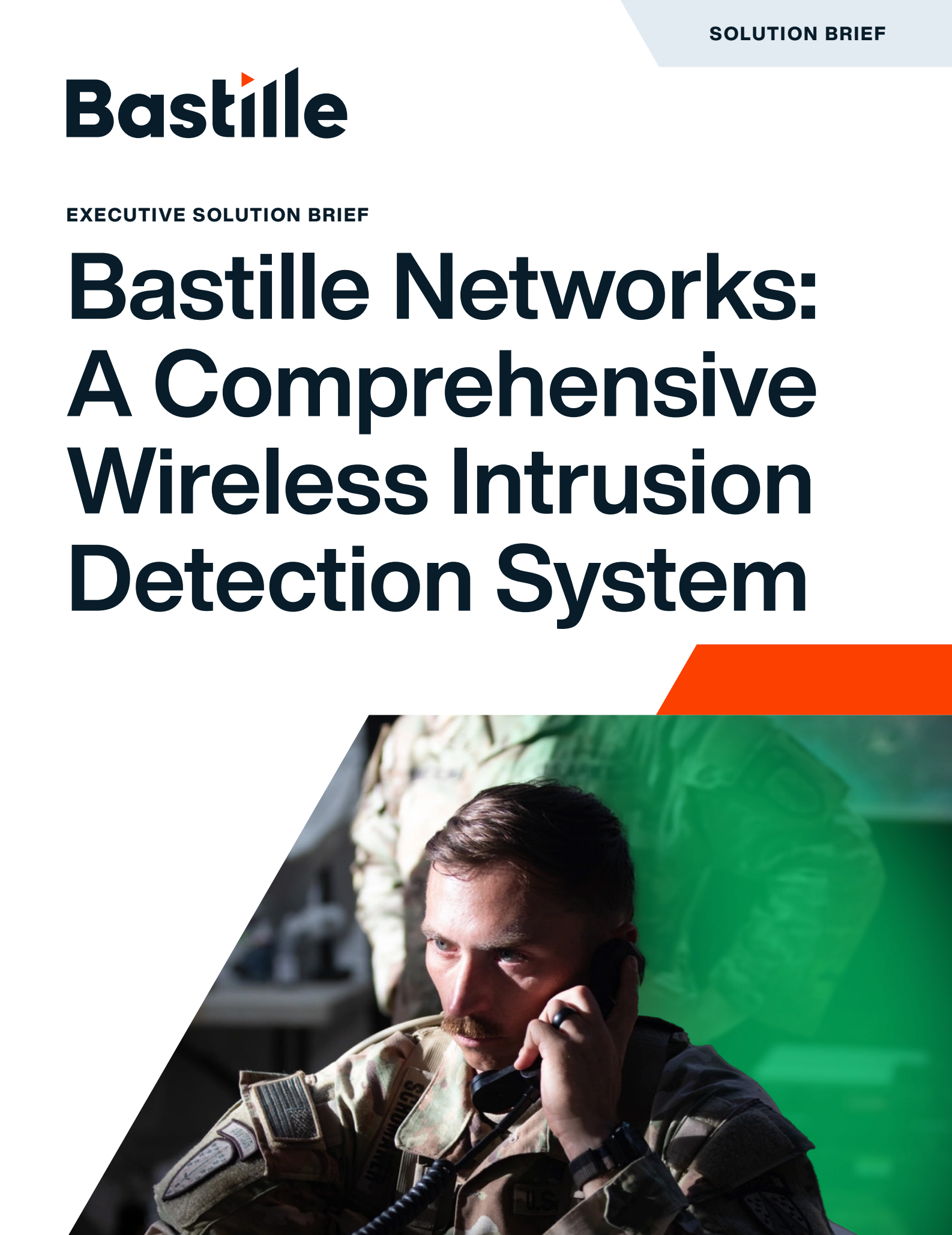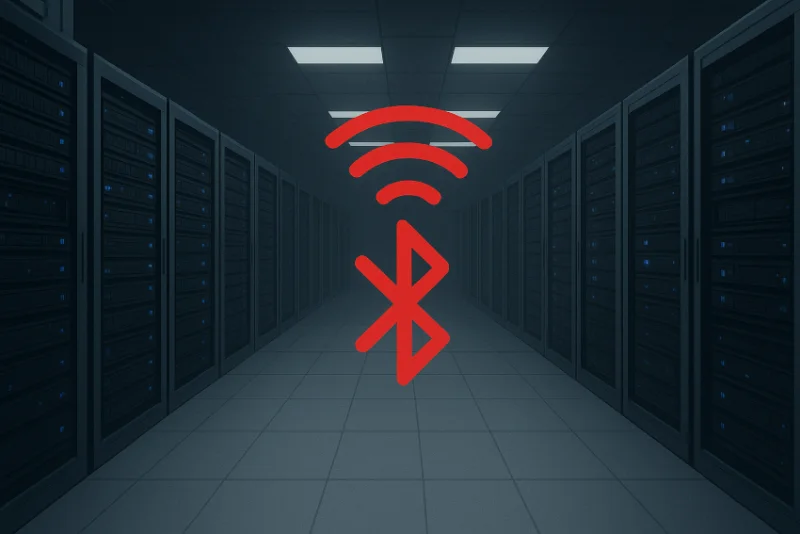
Wireless threat detection is not optional in secure government environments, such as SCIFs, forward operating locations, and classified contractor spaces. As RF-enabled devices proliferate and become more difficult to detect with traditional methods, the demand for accurate, continuous monitoring of the wireless spectrum has never been higher. In-Place Monitoring Systems (IPMS) have been a foundational technology for decades, enabling the detection of unauthorized wireless transmissions in sensitive areas. However, most legacy IPMS platforms have not kept pace with the complexity of modern threats.
It’s time to revisit what an IPMS should deliver and how Bastille’s modern solution is transforming expectations and outcomes.
The Limitations of Traditional IPMS: Zone-Level Visibility and Manual Response
Legacy IPMS platforms typically provide only zone-level alerts. These systems detect unauthorized RF activity and may identify that a transmission occurred within a floor, a wing, or a room cluster. However, they stop short of delivering precise location data. This lack of granularity means operators know something is wrong but do not know where to take action.
As a result, security teams must conduct manual sweeps using handheld probes and analyzers to detect potential threats. This process is time-consuming, labor-intensive, and disruptive, especially in environments with high operational tempo or limited access control flexibility. Worse, if the device is transmitting intermittently or at low power, it may evade detection altogether during these point-in-time sweeps.
In short, conventional IPMS deployments force organizations into reactive, resource-intensive workflows increasingly misaligned with the speed and scale of current wireless threats.
Bastille’s IPMS: Real-Time Detection and High-Fidelity Localization
Bastille has redefined what’s possible with an IPMS. At the core of its solution is a sensor network that passively monitors the wireless spectrum, including Wi-Fi, LTE, 5G, Bluetooth, BLE, and various consumer and IoT protocols.
Unlike traditional systems, Bastille doesn’t stop at detection. It utilizes patented RF analytics and signal modeling to localize the transmission source within a range of 1 to 3 meters in real time. Whether the unauthorized emitter is a concealed smartphone, a misconfigured wearable, or an intentionally deployed RF surveillance device, Bastille pinpoints its location so that response teams can take immediate, targeted action.
This capability fundamentally changes the response model. Instead of deploying security teams across a multi-room zone, operators can focus directly on the desk, locker, or equipment bay where the device is currently, drastically reducing mean time to resolution (MTTR) and minimizing operational disruption.
Why Precision Localization Matters
Precision isn’t just about faster remediation but better security outcomes.
Bastille’s localization data enables facilities to maintain persistent awareness of how a device entered, where it has traveled, and whether it breached higher-security zones. This historical context supports forensic investigations and compliance with NIST, ICD-705, and other federal mandates. Bastille creates a complete timeline of RF activity, something traditional systems cannot do.
With Bastille, organizations can transition from static, zone-based monitoring to continuous, location-aware RF surveillance. This transformation supports a proactive security posture that aligns with the threat landscape and mission requirements.
Operational Benefits: Lower TCO, Higher Efficiency
Bastille delivers all of these capabilities while reducing both capital and operational expenditures.
- Ease of use: Centralized dashboards and automated alerts reduce training needs and enable quick adoption.
- Remote monitoring: A single console can manage multiple facilities, supporting geographically distributed operations.
- Always-on visibility: 24/7/365 passive monitoring means no gaps, no interference, and no reliance on periodic sweeps.
- No reliance on manual sweeps: Bastille’s accurate device localization allows security teams to quickly retrieve devices without waiting for manual sweeps.
The result is an IPMS that costs less to deploy and maintain, delivering exponentially greater situational awareness and response speed.
Built for Classified and Controlled Environments
Bastille’s IPMS is deployed in a range of federal, defense, and intelligence environments, including:
- Sensitive Compartmented Information Facilities (SCIFs)
- DoD and IC buildings
- Secure conference rooms
- Embassies and tactical command locations
- Government contractor spaces subject to classified work controls
Because the system is entirely passive, adversaries cannot detect it, and it does not interfere with authorized RF systems. Bastille integrates seamlessly into environments where security, discretion, and compliance are non-negotiable.
From Compliance to Control
For many organizations, legacy IPMS platforms represent a compliance requirement that they can check off. Bastille enables government agencies and security-sensitive entities to go far beyond the checkbox, delivering real-time control, forensic visibility, and precision response to wireless threats.
In a world where even a single unauthorized device can compromise a mission, Bastille provides the visibility and speed necessary to protect critical spaces confidently.
Request a Demo or Learn More
See how Bastille’s Wireless Airspace Defense platform can modernize a facility’s IPMS deployment and deliver a new wireless threat detection and response standard.




